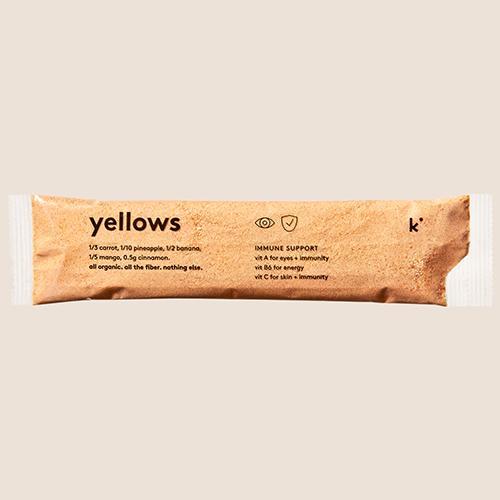Why we love… spinach
It may not actually give you the instant, eye-popping biceps of a 1930s cartoon sailor, but spinach is still a nutritional superhero! Find out why this leafy green vegetable works so hard to keep you healthy.
“I’m strong to the fin-ach
‘Cause I eats my spin-ach
I’m Popeye the Sailor Man!”
It may not actually give you the instant, eye-popping biceps of a 1930s cartoon sailor, but spinach is still a nutritional superhero! Find out why this leafy green vegetable works so hard to keep you healthy.
NUTRITIONAL HIGHLIGHTS
A one-cup serving of raw spinach tips the scale at a tiny 7 calories, but it’s extremely nutrient-dense.
Spinach is an excellent source of:
folic acid – essential for normal cell function and tissue growth
carotenes – promotes healthy vision & immune function
vitamin C – promotes skin health and immune function
vitamin K1 – essential for blood clotting
It’s also a very good source of magnesium, manganese, iron and vitamin B2.
WHAT IT DOES FOR YOU
Spinach serves up twice as much iron as other greens, and it’s one of the most alkaline-producing foods, which means it may help regulate body pH and control inflammation. The nitrates that give spinach its slightly salty taste have been shown to help moderate blood pressure levels and boost heart health. It’s also one of the richest dietary sources of lutein, a type of carotene which promotes healthy eye sight and prevents macular degeneration and cataracts.
What’s more, thanks to its high concentration of antioxidants, there is powerful evidence for spinach’s anti-cancer properties. Spinach extracts have been shown to slow cell division and tumor growth in several different types of cancer, and other studies have linked spinach consumption to a decreased risk of prostate and breast cancers.
ORIGINS AND HISTORY
Spinach was first cultivated in ancient Persia (modern-day Iran) and found its way to Europe in the Middle Ages. As well as its wide use in the kitchen, spinach was an important medicinal plant in many traditional systems of medicine.
In 1870, German research chemist Erich von Wolf was the first person to systematically record the iron content of green vegetables, including spinach. A misplaced decimal point in his notes assigned spinach a truly epic iron level of 35 milligrams per 100g. (The recommended daily iron intake for adults is 8mg for men and 18mg for women.) It’s true that spinach has a higher iron content than any other leafy vegetable, but the real figure is ten times smaller: 3.5mg per 100g. Yet Von Wolf’s mistake persisted in popular belief for decades – hence Popeye’s reliance on spinach to fuel his miracle strength. Popeye’s popularity increased spinach consumption by a third, and today the US is still the second-largest producer of spinach in the world (after China).
HOW TO USE IT
Spinach is available year-round, but you’ll find the tastiest and tenderest leaves in the springtime. It’s a vegetable that shrinks a lot when you cook it, so buy in bulk. Choose crisp, medium to dark green leaves, and choose organic if you can – pesticide residues are often found on non-organic spinach.
Store fresh spinach loosely packed in a plastic bag in the salad crisper drawer, where it will keep for about four days. Cut down on single-use plastics by reusing bags where possible, and if you’re going plastic-free try wrapping spinach loosely in a tea-towel and storing in a glass container. Give it a thorough wash before use, as spinach is good at collecting sand and soil in its crevices; be aware that it will lose its freshness faster after washing, so only wash what you’re ready to use.
We love baby spinach leaves in blended smoothies, of course – just check out kencko greens. But it’s also fantastic lightly sautéed with a little olive oil and garlic, finished off with toasted pine nuts and a spritz of lemon juice, or drizzled with nutmeg brown butter.
there's more good content where that came from
